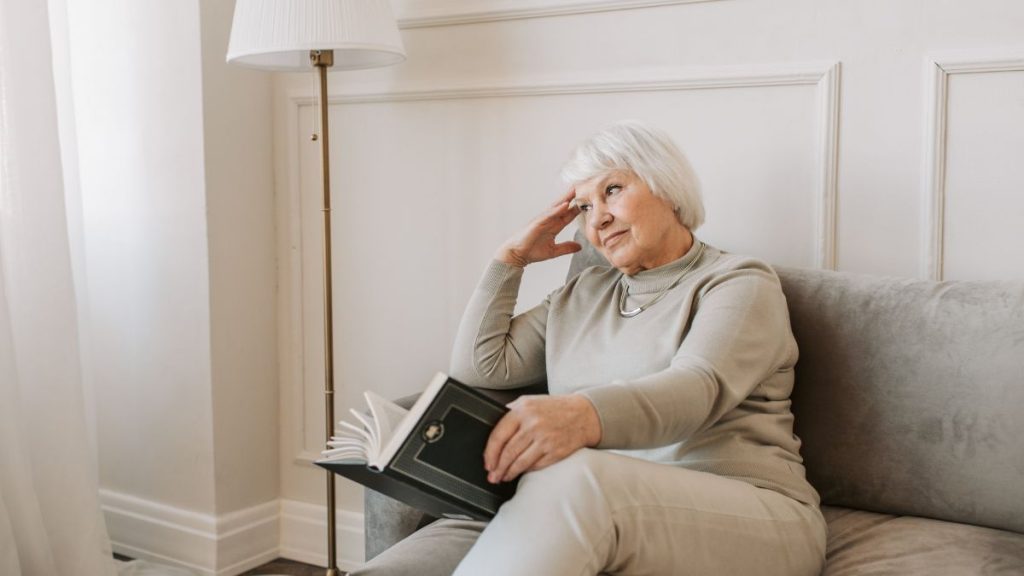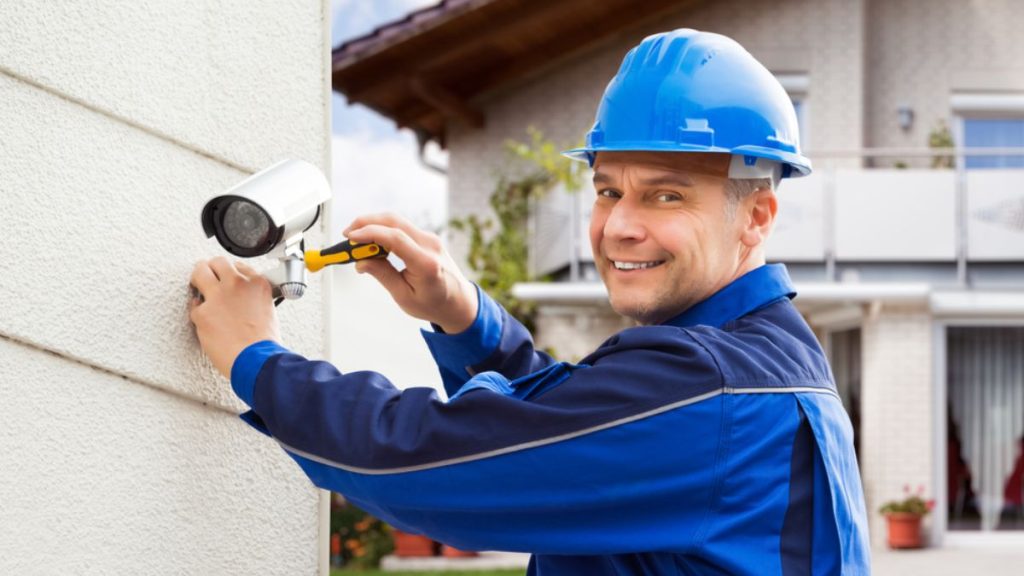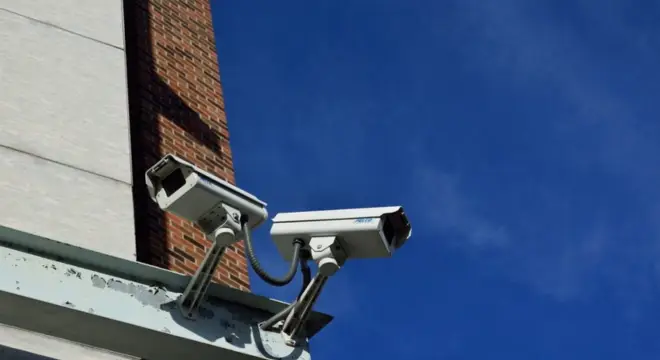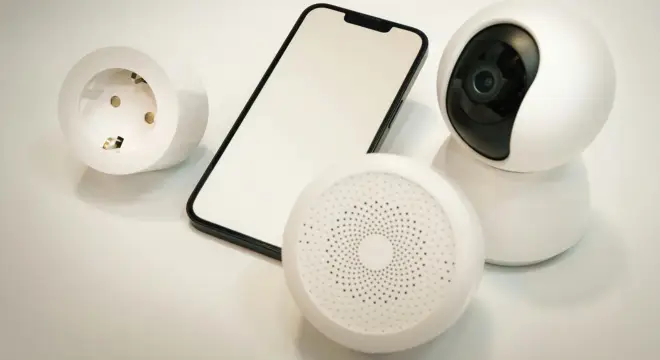The Ultimate Home Safety Guide for Seniors Living Alone
When I talk to older adults about home safety, most of them quietly admit something like, “I just don’t want to feel helpless.” That’s the truth — home safety isn’t really about grab bars or motion lights. It’s about holding on to your independence, your rhythm, your life on your terms.
Every year, millions of Americans over 65 experience falls or home-related injuries. The National Institute on Aging estimates that one in three seniors falls each year, and most of those accidents happen inside their own homes. The frustrating part? Most of these incidents are preventable — not with expensive renovations, but with awareness and a few smart changes.
If you’re planning to age in place, I want you to think of “safety” not as a limitation but as insurance for your freedom. Every small adjustment — like a handrail in the hallway or better lighting near the stairs — is a way of saying, “I’m staying in control.” You’re not preparing for decline; you’re setting up your environment to support the way you want to live.
I’ve seen this shift countless times: the moment someone makes their home safer, their confidence grows. They move around more. They cook again. They sleep better knowing they’re secure. That’s the real story behind senior safety — it’s not fear-based, it’s freedom-based.
So before we talk about budgets or renovations, let’s start here: this is about protecting your independence, not your walls. Now, let’s take a walk through your home and uncover where the hidden risks really are.
Find the Hidden Dangers Before You Spend a Dollar

Most people start buying grab bars and smart locks before they even know what’s actually unsafe. I’ve learned that the smarter way is to slow down and look around — like a detective in your own home.
When the team at Money explained that “home renovations” are one of the first ways seniors can improve safety, they were right — but it doesn’t always mean tearing down walls. It starts with seeing the small things that quietly cause the biggest risks.
Walk through your house in good daylight. Notice loose rugs, cluttered hallways, or uneven flooring. Check whether light switches are easy to reach and whether there’s a night-light near your bed. In the bathroom, ask yourself — would I feel safe here if I lost my balance for a second?
You don’t need a professional inspection to start. A simple self-check can reveal 80 percent of the dangers that cause real accidents. Once you’ve spotted them, circle or note what you can fix yourself and what might need a bit of help. That list becomes your personal “safety roadmap.”
Try this: Take ten minutes tonight and just walk from your bedroom to the bathroom with the lights dimmed. Notice every point where you hesitate. Those are your real problem spots.
10 Free or Low-Cost Fixes You Can Do This Week
I love this part because it proves safety doesn’t have to cost much. Most of these changes take less than an hour — and together, they cut your risk dramatically.
- Light your pathways. Replace dim bulbs with bright LEDs. Add a $10 motion-sensor light in the hallway or bathroom.
- Tame your rugs. If you love them, tape or anchor them down; if you don’t, remove them.
- Declutter walkways. Shoes, cords, or small tables can trip you faster than you think.
- Keep essentials within easy reach. Move plates, medicines, or phones to waist height.
- Add grip where it matters. Rubber mats inside the tub and under the sink can prevent slips.
- Mark steps or edges. A strip of bright tape on stair edges can make night movement safer.
- Raise frequently used chairs or toilets slightly. A small riser adds big comfort.
- Label your switches clearly. It helps when lighting layouts confuse guests or caregivers.
- Prepare an emergency contact list. Tape it near the fridge and next to the phone.
- Schedule a weekly “safety tidy-up.” Clutter returns — this habit keeps risk away.
Each of these fixes adds up. You’ll start to feel that subtle peace of mind when moving around — and that’s when the home begins to feel like yours again.
Question for you: Which of these quick fixes do you already have covered — and which one could you check off this weekend?
Smart, Affordable Upgrades That Make a Big Difference
Once the free fixes are done, a few budget-friendly upgrades can take your home from “safer” to “secure.” I’m not talking luxury remodels — just smart investments that pay you back in independence.
Start with motion-sensor night lights and smart plugs. They’re easy to install, energy-efficient, and let you control lamps or fans without moving too much.
Next, consider a basic medical alert device — the kind that calls for help if you fall or can’t reach your phone. Models today are subtle, comfortable, and cost less than a night out each month.
If you want to go a step further, simple smart-home tools like voice-activated assistants or video doorbells add another layer of safety. You can unlock doors for caregivers, check who’s outside, or call someone with your voice — no apps required.
For fall prevention, install grab bars in high-risk areas and make sure they’re screwed into studs, not suction cups. The National Institute on Aging recommends this as one of the easiest, most reliable safety upgrades for older adults.
Small, strategic changes like these make your home smarter for you — not just more high-tech.
If you like quick, bite-sized home safety ideas, you can join a WhatsApp update channel where we share weekly home protection tips and product hacks that actually work — no spam, just useful stuff seniors and families can use right away.
Your “Emergency Comfort System” — Simple Plans for Peace of Mind

Safety isn’t just about devices; it’s also about what happens if something goes wrong. That’s where an emergency plan becomes your safety net.
First, create an emergency phone tree — a short, printed list of people to call in order. It could be your daughter, a neighbor, a close friend, and your doctor’s office. Keep one copy near your phone and another in your wallet. Even if your alert system already stores contacts, having a paper backup never hurts.
Then, set up daily or weekly check-ins. A simple “Good morning” text or a scheduled call can be life-saving if something unexpected happens. Many families use smart speakers to automate reminders or call lists — you can, too.
If you take medications, set alarms on your phone or a pill organizer with a timer. These little routines remove anxiety because you know someone’s got your back, even from a distance.
Ask yourself: Who would be your first three calls in an emergency — and do they know their role?
Spend Smart — How to Prioritize Safety Without Overspending
Here’s the truth: not every safety fix deserves your money. Some problems just need rearranging; others truly need investment.
When I guide families, I break it down like this:
1. Zero-Cost Wins – Rearrange furniture, improve lighting, remove clutter, add night lights.
2. Low-Budget Fixes (Under $50) – Non-slip mats, grab bars, bright stair tape, motion sensors.
3. Mid-Range Upgrades ($50 – $500) – Basic medical alert, smart locks, or a small bathroom update.
Think about value, not price. Spending $40 on a quality grab bar can save thousands in medical bills — and possibly months of recovery. But buying a fancy smart lock when lighting is still poor? That’s backwards.
Your goal isn’t to spend more; it’s to spend wisely. Start with the biggest risk — usually the bathroom or stairs — then work outward.
Once you’ve handled the basics, you can also focus on securing entry points and windows — simple upgrades that make a big difference. You’ll find practical examples in our burglar-proof home guide.
Takeaway: You don’t need to make your home perfect overnight. You just need to make it safer than it was yesterday.
When to Bring in Professional Help — and What’s Worth Paying For
Sometimes, doing everything yourself isn’t the smartest way to save money. I’ve met plenty of seniors who tried to install a grab bar or a new light fixture themselves, only to end up with a wobbly wall or an unsafe connection. It’s okay to ask for help — especially when safety is the goal.
Here’s how I decide what’s worth paying for:
- Structural or electrical work? Always call a licensed pro. A single short-circuit can cost more than the fix itself.
- Bathroom safety updates? If tiles are old or uneven, a handyman or occupational therapist can help place bars and mats correctly.
- Major layout changes? Consult an occupational therapist. They don’t just think about mobility — they think about how you move in your own home.
On the other hand, things like organizing clutter, adding lighting, or rearranging furniture are easy DIY wins.
If you ever doubt whether a modification is safe or overkill, get a quick in-home consultation. Many local senior centers or community programs offer free safety checks. Sometimes, a 30-minute visit saves you hundreds — and gives peace of mind that what you’ve done is actually effective.
If you’re also active online, remember that oversharing home details can unintentionally invite risks. Learn what to avoid in our social media safety guide for homeowners.
Tip: Before hiring anyone, ask one question — “Have you worked with senior homes before?” Experience matters more than fancy tools.
Maintenance Is the Secret Ingredient to Long-Term Safety

I can’t tell you how many times I’ve walked into homes where safety features were installed years ago — and now they’re loose, dusty, or forgotten. Safety isn’t a one-time project. It’s a habit.
Every six months, walk around your house again. Check grab bars, lightbulbs, rugs, and stair edges. Make sure your emergency contacts are still correct and your alert devices are charged. If you’ve got smart gadgets, test them like smoke alarms — once a month is ideal.
Think of this as your “safety tune-up.” Just like a car needs oil changes, your home needs small checkups to keep you protected. And if something starts to feel unsafe — maybe the lighting is dimmer, or your steps feel harder — trust that feeling. It’s your cue to adjust again.
Question for you: When was the last time you checked whether your night lights still work?
Safety Should Protect Dignity, Not Take It Away
One of the hardest parts of aging is feeling like people make decisions for you. I’ve seen homes filled with so-called “senior gadgets” that made the person living there feel like a patient instead of a person. That’s not what safety should do.
A safe home should disappear into your life — it should make things easier without constantly reminding you of age. That’s why I always suggest involving the senior in every choice. Ask what makes them feel comfortable. Let them pick the grab bar color or the light placement. That choice itself is a form of respect.
There’s also emotional safety — the comfort of knowing you’re trusted, not managed. The best home modifications balance two goals: reduce risks and preserve independence. That’s where the real happiness lives.
Many seniors still believe that home security systems are too complicated or expensive — but that’s often not true. In this guide on home security myths, we break down common misconceptions and what’s actually worth your trust.
Remember: The goal isn’t to make a home “senior-proof.” It’s to make it life-proof.
Aging Safely Starts With Awareness, Not Money
Here’s the truth I’ve seen again and again: the safest homes aren’t always the most high-tech ones — they’re the most thoughtful ones. It’s not about spending thousands; it’s about noticing what matters.
Start where you are. Pick one corner of your home that feels risky and make it better today. That single change — a light, a bar, or a cleared floor — is the start of something powerful. You’ll move with more confidence tomorrow because you chose to act today.
If you take nothing else from this guide, take this — safety is simply awareness turned into action.
And that awareness costs you nothing.
Now it’s your turn: What’s one small change you can make this week to make your home — or a loved one’s — a little safer?
Want to explore more ways to protect your space? Visit our Home Security section for practical guides and real-world tips on keeping your home secure, smart, and stress-free.
Disclaimer: This article is for informational purposes only and should not be taken as medical, safety, or professional advice. Always consult a qualified healthcare provider or home safety expert before making modifications for senior care. Product references or suggestions are not endorsements — please evaluate what fits your personal needs and budget.


